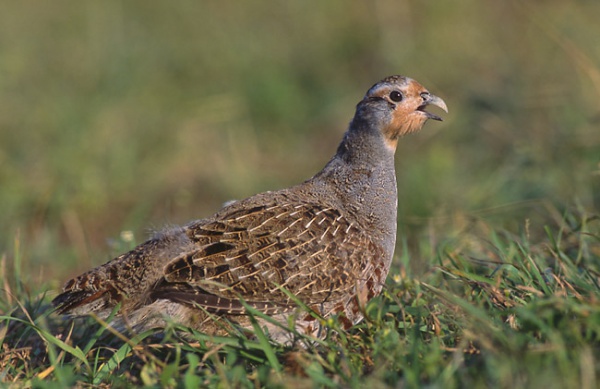Facts About Grey partridge
The grey partridge, also known as the English partridge, Hungarian partridge, or simply the "hun" is a delightful game bird belonging to the pheasant family, Phasianidae. These birds are part of the Galliformes order and are easily recognizable by their brown backs, grey flanks and chests, white bellies adorned with chestnut-brown markings, and distinctive calls.
Grey partridges primarily feed on seeds, but they also require insects for protein, especially during their juvenile stage. These birds are native to Europe and western Asia, and have even been introduced to regions such as Canada, the United States, Australia, and New Zealand.
Although the grey partridge is classified as "Least Concern" on the IUCN Red List, its population has suffered significant declines in areas like the United Kingdom. This decline is primarily attributed to habitat loss and the use of insecticides that reduce the insect populations on which these birds depend. Conservationists are actively working to mitigate these issues through initiatives such as creating conservation headlands and incorporating the grey partridge into Biodiversity Action Plans.
There are eight recognized subspecies of grey partridge, each with its own range across Europe and Asia. While these birds are non-migratory, they do form flocks outside the breeding season. Ongoing conservation efforts in many countries aim to ensure that future generations can continue to enjoy the sight and sound of these charming birds.

 Poland
Poland